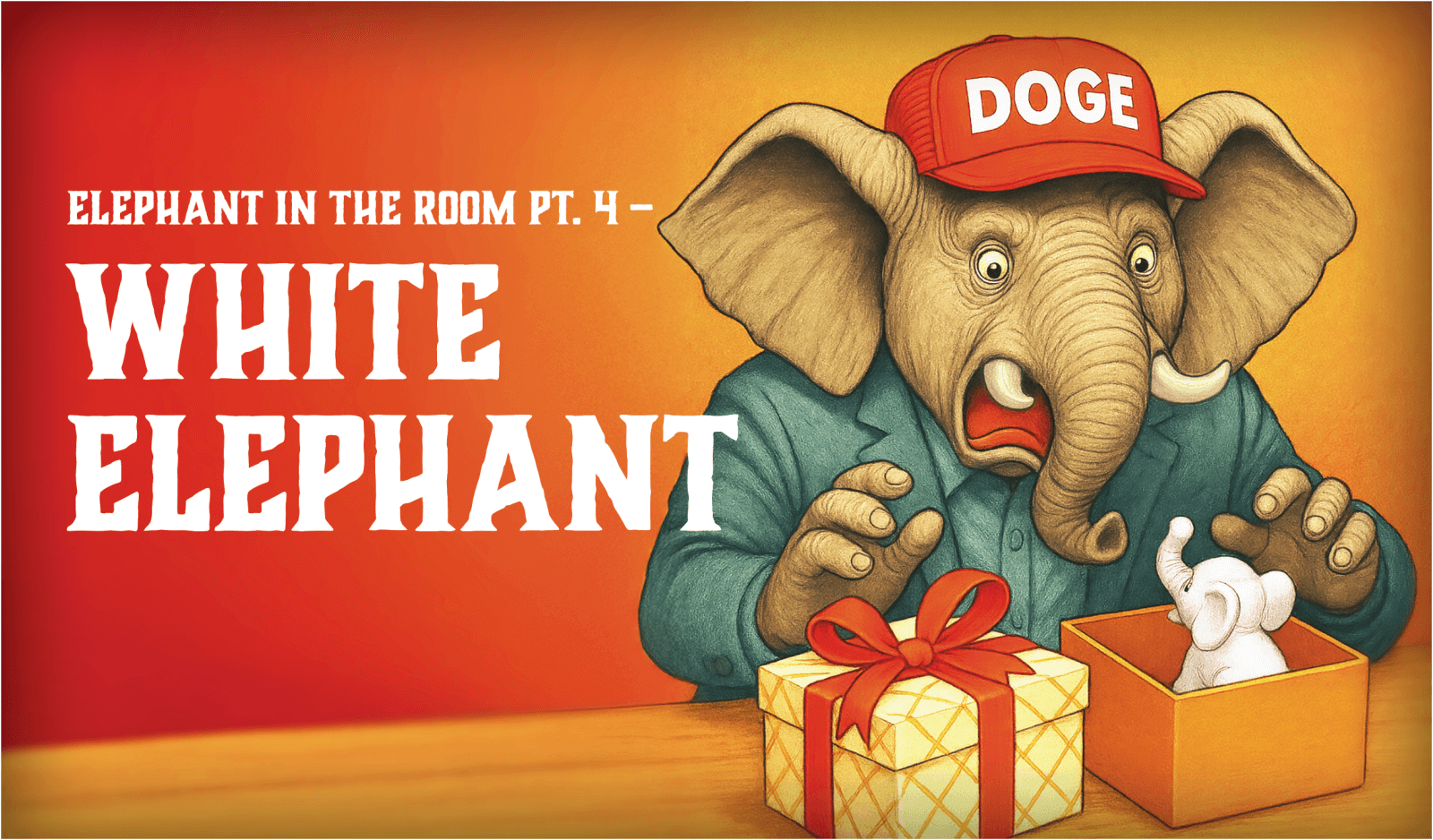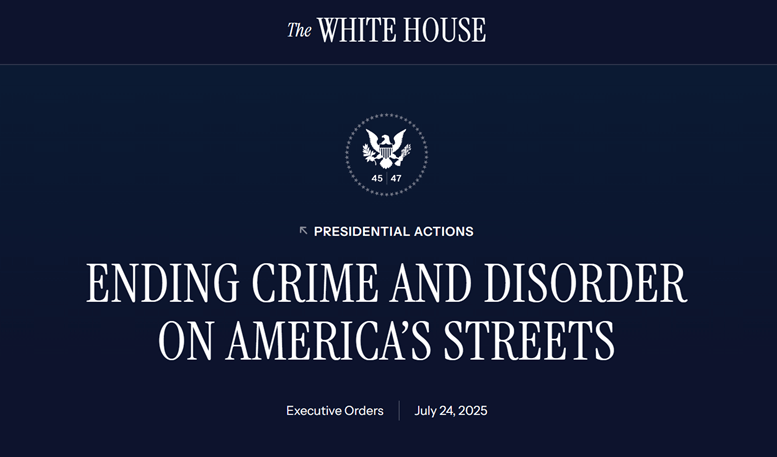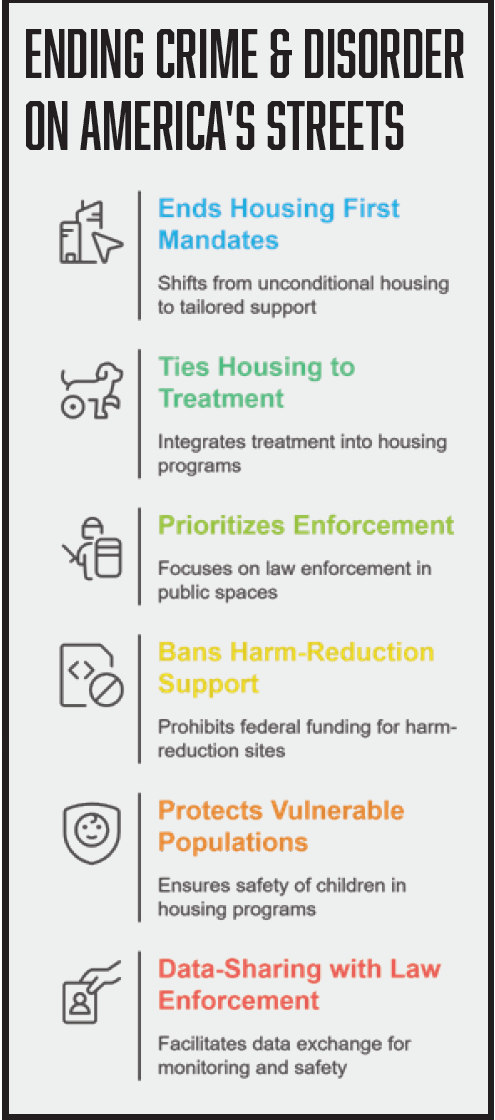ELEPHANT IN THE ROOM PT. 4 – WHITE ELEPHANT

DEFINITION: White Elephant
white el·e·phant
/ˌ(h)wīd ˈeləf(ə)nt/
noun
- A possession that is useless or troublesome, especially one that is expensive to maintain or difficult to dispose of.
- In U.S. homelessness policy: billions of dollars in grants, programs, and pilot projects that generate paperwork, press releases, and ribbon cuttings—while producing very little actual housing or results for the taxpayer, the homeless, or the community.
The Grant Machine
Changes in government usually happen at a glacial pace. A pace so slow, most people assume nothing changes at all. One particular reason is the process around procuring and administering grants.
Once the foundation for a grant is set, every applicant must copy the language of that grant in their proposals. Soon the grant language and proposal language blur together until “this is the way we’ve always done it” becomes the sacred mantra. A self-fulfilling prophecy wrapped in bureaucratic poetry.
And heaven forbid the rules change, even a little. A single tweak can send grant writers into chaos. Benchmarks? Outcomes? Don’t ask them—they’re not tracking that.
The real goal isn’t results. The real goal is to write the next grant, to prove you deserve the next grant, so you can apply for the next grant. The data from the last grant? Already recycled into the new one.
This is bureaucracy in homelessness and affordable housing. Don’t rock the boat. Use the same magic words as last year so you can get the grant next year. If anyone dares to ask about results, explain that it’s complicated, multifaceted and we just need more funding to do things the old way—which is the current way—which will be the new way.
And the benchmarks? Relax. Multiple groups, and their subgroups, will analyze the data. They’ll account for lived experience, apply a therapeutic lens, use human-centered, person-first language, and ensure every subpopulation is represented by at least three subcontractors. Only then will the data be analyzed, filtered, counted, and—oops—looks like we’re already into the next grant year. But don’t worry, it’s not a failure. It’s a best practice.
Pivoting the “White Elephant” into Action
The Trump administration’s new Executive Order serves as a memento mori for how homelessness is treated at the federal level—the place where the lion’s share of grant money originates.
Sometimes government change is glacial. But history shows the validity of oft cited quote by Vladimir Lenin wherein he states, “There are decades when nothing happens; and there are weeks where decades happen.”
This EO lands in that category. It forces everyone: bureaucrats, service providers, policymakers to adapt immediately.
What is the EO?
 “Ending Crime and Disorder on America’s Streets”
“Ending Crime and Disorder on America’s Streets”
Executive Order enacted by the Trump Administration on July 24, 2025.
This Executive Order is the federal sledgehammer that finally came down on the White Elephant. For years, “Housing First” was the sacred cow of homelessness policy—no preconditions, no requirements, just provide housing and hope everything else works out later. The EO flips that script.
Here’s what it does:

Why the EO Will Change Housing Programs in Washington State
Washington has long embraced Housing First as a core strategy, with programs like those funded through the Department of Commerce and local initiatives in King County and the City of Spokane prioritizing unconditional housing to stabilize individuals before addressing addiction or mental health.
This approach, mandated under previous federal guidelines, allowed for broad eligibility without treatment requirements. But critics argue it has contributed to persistent encampments and public disorder near rental properties.
The EO marks a stark departure: it eliminates exclusive federal funding for Housing First models, instead opening grants to alternatives that emphasize accountability. Housing assistance must now be conditioned on engagement in treatment for substance use or serious mental illness, shifting from “hope everything works out later” to immediate enforcement and compliance.
Jurisdictions like Seattle or Spokane that tolerate encampments risk lower priority for grants, while those enforcing anti-camping, (like Burien) and anti-drug laws gain favor.
What Have We Seen in Washington State?
In Washington, the White Elephant has been well-fed. Year after year, billions are poured into homelessness programs, and yet the numbers tell a different story.
The Point-in-Time count — the federally required one-night snapshot — found 22,173 people experiencing homelessness in January 2025, a jump of nearly 25% since 2022. Add in the state’s broader “Snapshot” count, and over 158,000 Washingtonians were unhoused or in temporary shelter on a given day in 2025. That equals an entire city.
And yet, Olympia proudly announced a “historic investment” of $1.8 billion for housing and homelessness in the 2025–27 budget.
But the truth is harder to ignore: the more we’ve spent, the more the numbers climb. Even the State Auditor warned that local governments are spending millions with no measurable impact, too often chasing the grants available instead of the solutions needed. In other words, we’ve built a system where the performance metric isn’t fewer tents on the street, it’s how many buzzwords fit into the next proposal.
This is the very definition of a White Elephant: expensive, politically sacred, and impossible to get rid of — even as the problem it was built to solve only gets worse.
How Homelessness Fuels Restrictive Laws for Rental Providers
It’s no secret that escalating homelessness and the perceived lack of affordable housing serve as the perfect pretext for legislators and local governments to push through ordinances and laws that burden rental housing providers.
Take EHB 1217, enacted earlier this year, as a prime example. This bill imposes strict limits on rent increases—prohibiting any hikes during the first 12 months of a tenancy and capping annual increases thereafter at 7% plus the Consumer Price Index (CPI), or 10%, whichever is lower. It also requires extended notice periods for rent changes, limits fees and deposits, and establishes a landlord resource center — all under the banner of “housing stability”
While framed as a response to homelessness and affordability crises, such policies often ignore the root causes, like bureaucratic inefficiencies in housing production, and instead shift the load onto providers like you. The result? Reduced incentives to maintain or expand rental stock, which ironically exacerbates the very problems they claim to solve.
Is More Money the Answer?
Winning the “White Elephant” award isn’t about how much you spend. It’s about whether what you build actually solves the problem or just keeps the machine churning.
King County’s grant budget exploded from $22 million in 2019–20 to $1.5 billion by 2023–24—a staggering increase, on paper suggesting urgent progress. (That’s not a typo. Billion with a ‘B’.)
Yet a damning County Auditor report found that this rush to spend often came without the most basic safeguards: improper payments, potentially fraudulent reimbursements, and contracts awarded to unapproved subcontractors—often with no documentation and little oversight. Examples ranged from altered invoices to large sums distributed via prepaid cards with no paper trail. The auditor concluded: “This is a total disaster.”
Elephant Foot Expansion: HUD’s Crackdown on Public Housing
HUD has launched a nationwide crackdown, ordering public housing authorities to verify the immigration status of every tenant in federally assisted housing. The message from the administration is blunt: no more subsidized housing or vouchers for households with undocumented individuals. PHAs have just 30 days to submit tenant data or risk losing federal funding.
For Washington, this matters. Public Housing Authorities (PHAs) aren’t just about public housing projects—they are the backbone for administering Section 8 housing choice vouchers, which thousands of private landlords across the state rely on.
The takeaway is simple: if PHAs are found to be serving households with undocumented members, their federal funding is at risk. And if funding dries up, so do the vouchers. That means fewer guaranteed rents flowing to Washington landlords, more instability in PHA contracts, and ripple effects across both affordable and private rental markets.
Tying It All Together: A Call to Action for Rental Housing Providers
The White Elephant of homelessness policy isn’t just a distant federal farce—it’s trampling right through Washington, enabling restrictive laws like EHB 1217 that squeeze your operations while failing to address core issues. The new Executive Order and HUD crackdowns signal a potential shift toward accountability and enforcement, which could reduce encampments and disorder affecting your properties. But they also introduce risks, like voucher disruptions and backdoor tax hikes if the state resists.
A word of caution for RHAWA members: Keep a close eye on potential tax increases at the state and local levels. If Washington doesn’t align with the new federal priorities—such as enforcing anti-camping laws or tying aid to treatment—the state could lose significant HUD grants. To backfill those funds, lawmakers might turn to property taxes, B&O taxes, or other levies that disproportionately affect housing providers.
Sources Cited
- Washington State Standard, Homelessness still rising in Washington state, data shows (July 2025)
- Seattle Times, King County audit finds unapproved payments, possible fraud (July 2025)
- Fox News, HUD launches crackdown on illegal immigration in public housing (Aug. 2025)
- White House, *Executive Order 14180 – Ending Crime and Disorder on America’s Streets* (July 24, 2025)
Formal legal advice and review is recommended prior to selection and use of this information. RHAWA does not represent your selection or execution of this information as appropriate for your specific circumstance. The material contained and represented herein, although obtained from reliable sources, is not considered legal advice or to be used as a substitution for legal counsel.

